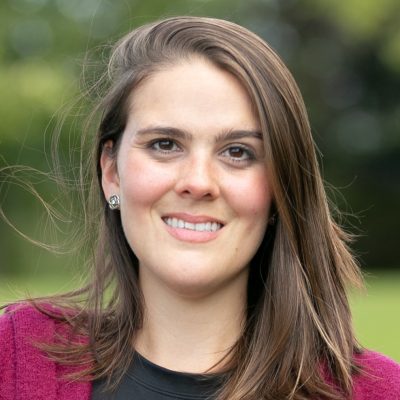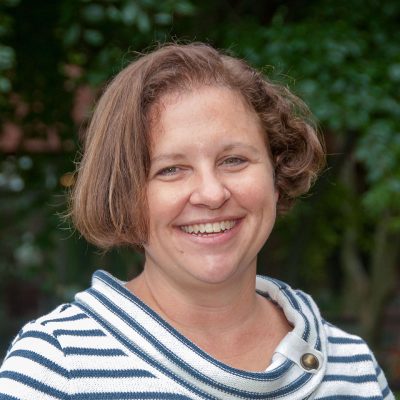4 Power, Privilege, Oppression, and Bias
Cailyn F. Green; Kim Brayton; and Bernadet DeJonge
- The reader will define power, privilege, oppression, and unconscious bias.
- The reader will understand what constitutes power, privilege, oppression, and unconscious bias.
- The reader will analyze how power, privilege, oppression, and bias impact the forward movement of social justice.
Social justice has many definitions. However, all definitions of social justice have three common concepts: equitability of rights, opportunity, and treatment. Social justice examines how wealth is distributed and what kind of political and social power individuals have (San Diego Foundation, 2022). Social justice has been defined as the fairness that manifests itself in a community. This fairness, or lack of it, is created by roles taken in society, which include positions of hierarchy and differences in power (van Ham, 2010).
Power is the capacity to influence and make decisions that impact others. Power allows an individual or group the capacity to influence and impact someone else’s behaviors, choices, or actions (Joshi & Fast, 2013). When one person has power over another, they can impact the lives of others, often in a negative way. A key example of this power is the government. A government is an entity that has the power to create a structured set of rules that the population follows. Today, these rules take the form of laws and policies that maintain social order. The underlying idea is that the community agrees with the government to which they grant the power. They trust that those in charge will make decisions that will benefit the community (Judicial Learning Center, 2019).
In every relationship, there exists a balance of power. Examples include the power relationships that exist within families, between coworkers, voters, consumers, and all other social relationships. This power balance may be positive or negative, and only through examining who has power and what they are doing with that power can it be determined if the balance of power is healthy or not (van Ham, 2010).
When individuals or groups are part of a healthy balance of power, both parties are satisfied with the power split and responsibilities shared (van Ham, 2010). However, there are also often inequitable balances of power, which is where social justice issues frequently arise. An example of inequitable power is socioeconomic status—the rich and the poor. If individuals with money have power, then they also make policy decisions. These decisions may negatively impact those with less power—the poor. These individuals may not agree with the decisions made by the people in power. However, because they do not have the power, they often do not have the resources to influence the decision making. So, what do they do in this case? Do they go along with the decisions being made? Do they fight back? These are the inequitable power scenarios fuelling the social justice movements we see today.
Power is not always about numbers. Instead, it is often the group with more resources, such as money, that ends up being the stronger, more powerful group, irrespective of size and numbers (Capeheart & Milovanovic, 2007).
In this case, the Supreme Court of the United States overturned earlier precedent banning/prohibiting independent expenditures by corporations toward political campaigns. The Court ultimately determined that such a prohibition amounted to a ban on speech. Critics of this ruling have often pointed to the fact that corporations are owned and run by individuals, who have their own political agendas. By utilizing the funds of their corporations, these owners generally would have far greater ability to finance and otherwise support campaigns than the average, every-day citizen. Thus, the phrase “money equals speech” was born.
See The Federal Election Commission’s website for a summary of the case.
Discussion Question
- What kind of power balance, if any, did this decision create or support?

When power differentials become significant and severe, those not in power often fight back. Examples of this in United States history include the Slave Rebellion, Women’s Suffrage movement, the civil rights movements of the 1960s, and the disability rights movement. Revolts are a part of history in many countries and often amplify issues of power. One example is the American Revolution, which happened from 1765-1781. In this case, the American colonists did not agree with Great Britain taxing them on the goods they were importing. The American colonists disagreed with the rules put in place by Great Britain and decided to revolt. They fought for their freedom and won in 1781 (Lowery, 2016).
Video: Power and Promise of Social Justice Activism by Zohra Moosa
Discussion Questions
- How do people get together to begin to make change?
- What unites them/us?
Power is often used by the group that has power to attain goals, particularly surrounding money and social capital. Large power-holding entities, such as governments, have been known throughout history to utilize power in political pursuits. Power is used to persuade those with less power to give, make, or accomplish the goals of the power holder. Thus, power is often used to take advantage of and oppress those not in power (Bramley & Morrison, 2023).
Video: A Guide to Propaganda by Shawn Grenier
Discussion Questions
- How does propaganda fit into a discussion of power?
- Have you ever observed propaganda? If so, who was in power and how were they trying to wield their power over others?
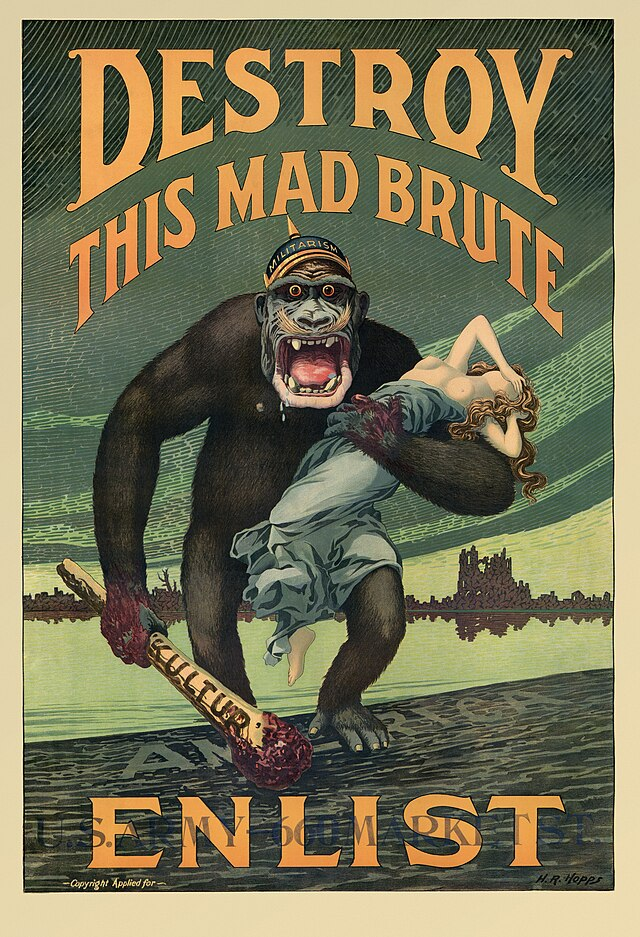
Power can be used to influence people in a variety of ways, including information and education provided by governmental entities. A concrete example of this would be government-created mental health resources and websites, such as the Substance Abuse and Mental Health Services Administration (SAMHSA), which provide resources and educational information to the public about addiction and mental health concerns. The government in power is using its money, influence, and time to provide educational materials and interventions for those needing assistance (Bramley & Morrison, 2023). Some non-governmental examples include UNICEF, Habitat for Humanity, and other charities run by religious or nonreligious organizations that focus on using their power to support others.
There are many ways in which a group acquires power, from military means and money to influence and coercion. This may occur naturally over a course of evolution and time. However, when a group acquires power, it is never stagnant. Power is a fluid concept based on communication, interactions, knowledge, goods, institutions, and relationships (van Ham, 2010). Understanding power is essential to understanding concepts of social justice, as power influences justice in all forms. Unqual distributions of power often lead to conflict.
Privilege
When one group has more power than another, a form of privilege often arises. Privilege refers to specific advantages, benefits, and respect that someone may have due to being associated with a certain social group. In Western society, privilege is often reflected in the social identities of people who have historically held dominance over others. For example, those who are cisgender, heterosexual, Christian or financially affluent have benefitted from privileges that others have not (Garcia, 2018). Other forms of privilege that exist may be related to someone’s abilities or education level. While an individual cannot rid themselves of their privilege, it is their responsibility to be aware of this and to ensure it does not lead to the oppression of others.
Imagine a classroom with rows of students. The teacher places a garbage can at the front of the classroom, directly in front of the first row of students. Next, the teacher hands a tennis ball to every student in every row. They then inform the students that whoever gets their tennis ball in the garbage will get an automatic A on their next quiz. However, they must throw it from their seat to do so. Students in the first row have an advantage in getting their tennis balls in the garbage can compared to the students in the back row. Therefore, the students in the front row have a privilege that others in the class do not (Glass, 2019).
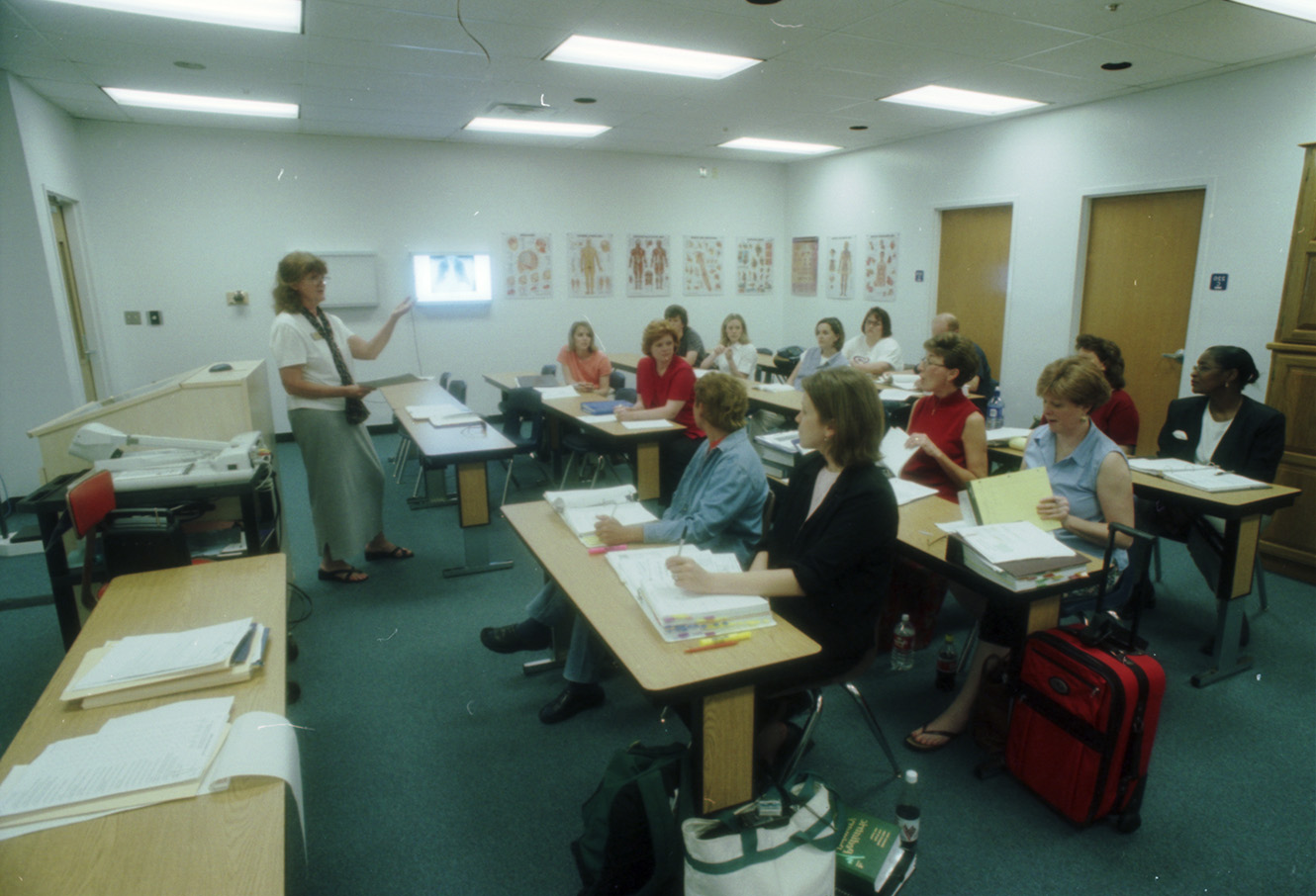
In the context of social justice, certain groups of people receive privileges or unfair advantages to acquire benefits such as jobs, money, housing, and land. Those groups receive privilege without having earned it. Generational wealth, for example, money earned in a previous generation and passed down through a family. Research has shown that slavery severely impacted the generational wealth of Black people in America, thus individuals who are Black have less privilege than those who are White (Baker & Addo, 2023). Privilege rises and is created fundamentally through the oppression and/or suppression of minority groups. Thus, understanding and acknowledging privilege is an essential part of the social justice movement. We will explore one of the outcomes of privilege, oppression, in the next section.
Oppression
Oppression is what happens to weaker groups who do not hold power or who do not have privilege. It is the “unfair process of aiding some people while harming others and the resulting condition of inequality between people” (David & Derthick, 2018, p. 3). Oppression is created purposely when the stronger group, who has current power, decides that another group, who has less power, should not be given power. Thus, the weaker group is constantly prevented from rising in power by the stronger, more powerful group.
A historical example of this is the ownership of slaves by American people. When one group of people, slave owners, dehumanized the life of another group of people, such as slaves, they created a climate in which the powerful oppressed the weaker group. In the example of slavery, the oppression was such that the enslaved group had no rights or power and lived their lives at the slave owner’s whim. In this, the smaller group is unable to flourish as the strong group does not allow them to do so (David & Derthick, 2018).
Video: The language of social justice by Alexandra Campion
Discussion Questions
- Why is it important that we verbalize our social justice issues?
- What can you do to make more noise about social justice issues that are impacting your life?
Oppression is not inevitable or natural. Community members engage in behaviors that create oppression through socially constructed norms (Adams, 2023). Choices made by community members, even unconsciously or without malicious intent, may create an environment of oppression. An example is when a community has a surplus of tax money. Instead of deciding to put that money into the local homeless shelter to support those in need, the voting community members decide to repave Main Street. The community members in charge of the financial resources have made a decision that will benefit themselves but not the community population, who could use additional support.
When an oppressive environment is created, labeling theory becomes significant. The labeling theory posits that people will begin acting as the society and community around them expect them to act (Becker, 2016). Thus, members of an oppressed group may begin to assimilate the negative stereotypes and expectations that others have about them into their everyday lives (Bell, 2023).
Video: Unpacking the Meaning of Oppression by Ayesha Haq
Discussion Questions
- How do you define oppression?
- Who decides what oppression is?
How These Concepts Impact Our Social Interactions
Power, privilege, and oppression are a part of every life, whether consciously or not. Some individuals are extremely aware of these experiences, while others have the privilege of not being aware of them at all. It is the responsibility of every individual to remain conscious of what may cause inequity among people. Examples include upbringing, location, peers, income, assets, trauma experiences, religion, and ethnicity (Gordon, 2019). Only as individuals remain conscious of their privilege may they move forward to engage and support others not afforded the same privileges.
Bias
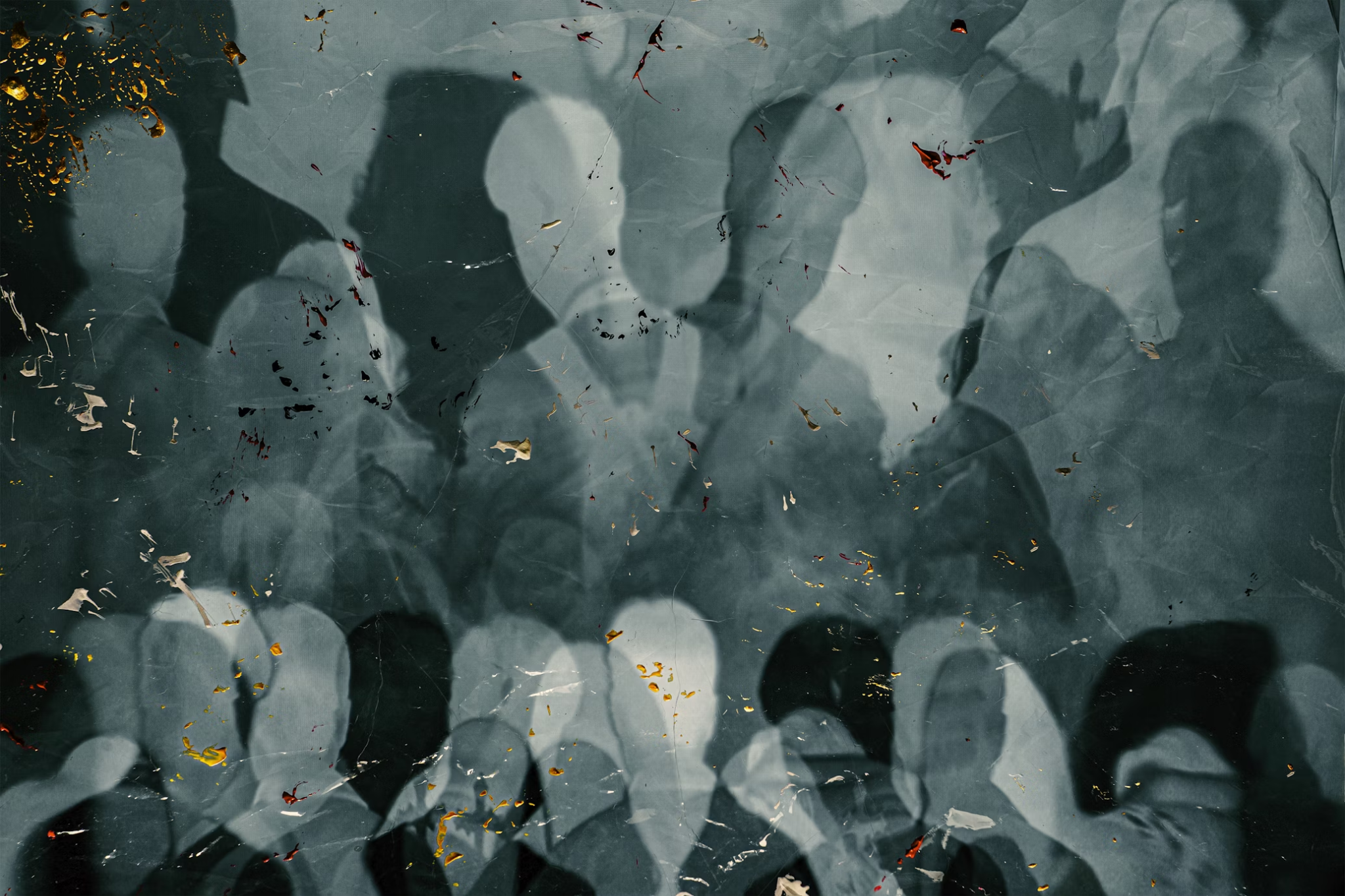
Bias describes the way we feel about an individual or a group of people without any evidence or reason to support it. Biases are generally unconscious, however often have a significant impact on behavior. It is common for people to have biases, both positive and negative. Negative bias occurs when people tend to give more significance to negative information, events, or situations when evaluating an individual or group of people. On the other hand, positive bias occurs when people tend to judge someone or a group of people favorably (Kiken & Shook, 2011). Biases may be influenced by anything around an individual, including family, friends, environment, politics, culture and news. It is therefore a collective responsibility to be aware of emotive responses to and interpretations of everyday experiences.
Unconscious Bias
Brenda comes into the boardroom prepared for her morning meeting. Her male colleagues file in around her. As the meeting starts, her supervisor asks who would be willing to take notes for the meeting. No one says anything. Brenda sighs inside because she knows what is coming. Her supervisor then assigns her to take notes for the meeting. This happens every meeting.
Discussion Question
- Why might Brenda being asked to take notes in a meeting be problematic?
Brenda being asked to take notes in the meeting may or may not be problematic. However, it also might reflect the unconscious bias in the room. Brenda is the only woman in a room full of men and, without thinking, they ascribe the task of note-taking to her because they perceive this as her role as a woman. This may occur even despite her work role being equivalent to theirs. This is an example of unconscious bias.
Unconscious or implicit bias occurs when an individual makes unconscious decisions about someone else. In its most basic form, unconscious bias can be described as the cultural lens through which we view the world. This lens then creates biases or stereotypes that are applied to individuals and impact our experience of certain people. Unconscious bias can impede our ability to treat and think of others fairly. That said, unconscious bias differs from overt racism and bigotry because it happens without intent (Veesart, 2020).
Some suggest that unconscious bias can even be good. An example of this may be if you are biased against junk food so you only eat fresh fruits and vegetables. However, when privilege and oppression exist as part of everyday interactions, unconscious bias can reflect this power and privilege, causing harm to individuals who have historically been marginalized.
Biases are universal and often deeply ingrained. Most individuals are unconscious of these biases. Yet biases can significantly influence the attitudes and behaviors of an individual towards others. Biases are easily quantifiable, which allows them to be tested empirically (Noon, 2018). Understanding individual bias is essential for the eventual mitigation of this.
Complete Harvard’s online Implicit Bias Test
Discussion Questions
- What was the outcome of your assessment?
- Were you surprised by the outcome of your assessment? Why or why not?
- Do you think that this assessment is accurate? Why or why not?
Unconscious bias often stems from individuals unconsciously believing that their race, background, culture, education, etc. is superior to others. In addition, individuals may be influenced by external factors, such as their family of origin, their history of interaction with people different from them, social mores, and the media. When individuals or systems have these unconscious biases, they create environments in which oppression and privilege thrive (Noon, 2018).
Personal unconscious biases also significantly influence interactions between people. Biases have the capacity to influence the way individuals see, think, act, and speak to others. When individuals enter relationships (professional, personal, and academic) with preconceived notions or biases, the relationship cannot develop to its fullest potential because it is restricted by unconscious biases (Tate & Page, 2018).
Sometimes, the impact of biases can come in the form of an ethical lapse of judgment. Many individuals assume that their moral compasses are accurate and reliable, unaware of the impact of unconscious biases (Perez, 2019). When moral dilemmas are influenced by these biases, the decisions made may be adversely affected. The ramifications of this occurring are significant.
Ken and Sharon are walking into the meeting room and talking about the new manager position.
Ken: “Did you hear who applied?”
Sharon: “Kind of, they did interviews while I was in the office. Amy interviewed for sure. You know she went to Harvard.”
Ken: “Yeah, can you imagine what that was like? Totally different from my lowly state school degree.”
As the meeting starts, it is announced that Amy has been offered and accepted the management position. One of the things that is said about her in her intro is that she is “Harvard-educated.”
While Amy did nothing wrong by going to Harvard for her degree, this scenario exemplifies what might be considered a positive unconscious bias. Even if considered positive, biases manifest themselves in Amy’s promotion to a position of power and may marginalize individuals who are just as qualified but do not have the status that Amy does with her Harvard degree. This “halo effect” identifies only that she is Harvard-educated, and that becomes the overarching idea of who she is within the workplace.
Another example of this could be the current Supreme Court. In 2024, 8 out of the 9 Supreme Court justices were from either Harvard or Yale. The one outlier, Amy Coney Barrett, went to Notre Dame.
Discussion Questions
- What role did unconscious bias play in this scenario?
- What are your thoughts on the fact that 8 out of 9 of our current Supreme Court justices went to not just Ivy Leagues schools but one of two?
Video: How to check your unconscious bias by Dr Jennifer Eberhardt.
Discussion Questions
- What can you do to be more aware of your unconscious biases?
- How do your unconscious biases impact your day-to-day interactions?
Identifying Unconscious Bias
Identifying unconscious biases may be difficult. It is often assumed that we treat each other equally, but research has shown otherwise (Tate & Page, 2018). The best way to manage unconscious bias is to identify our own personal biases. This process begins with recognizing our background, experiences, ethnicity, socioeconomic status, education level, sexuality, gender identity, and religion. Identifying unconscious bias starts with being honest with ourselves about how these factors may have influenced our unconscious biases. Only when we acknowledge and disengage from our personal biases can we interact with others on a more level playing field.
Disengaging from Unconscious Bias
To begin the process of separating our unconscious personal biases, we must first make a conscious decision to do so. One effective way to reduce our personal biases is to educate ourselves about differences between people. This may be achieved by exploring the struggles, challenges, and daily experiences of individuals who are different from ourselves. By doing so, we may reduce our tendency to judge others based on our unconscious biases. The ultimate goal is to interact with others based on the information they share over our own preconceptions. (Veesart, 2020).
Changing unconscious bias takes time, patience, and commitment. Unconscious bias must be considered, discussed, and exercised daily. Moreover, this work needs to be done for the sake of actual change in real-life situations, rather than just to avoid being challenged. Change arises from incorporating new thought patterns into everyday, real-life situations (Perez, 2019). This requires effort and practice. However, individuals can better manage their unconscious bias and its effect on their interactions and relationships by doing this work.
Conscious Bias
Conscious bias, similar to unconscious bias, refers to the way individuals feel about certain things or groups of people. The difference is that in conscious bias, individuals are aware of these feelings. Researchers believe that labeling bias as “unconscious” has allowed many people to continue practicing discrimination without taking responsibility for their actions. While many organizations offer mandatory training on recognizing unconscious biases, conscious bias training is essentially non-existent (Tate & Page, 2018). Examples of conscious bias in everyday life include preferring to work with men over women, refusing to listen to opposing viewpoints, and only engaging with people and content on social media that aligns with one’s own beliefs. This may be dangerous as it prevents individuals from learning and growing beyond their own comfort zones.
Discussion Questions
- What are some of your conscious biases?
- How do these impact our day-to-day life?
- What are the pros and cons to having your personal conscious biases?
Thoughts from the Authors
While I was an instructor at a college, my department was in an eight-hour long training on unconscious bias. Before we broke for lunch, my department chair stood up to make an announcement: “One of our instructors recently completed their dissertation, earned their Ph.D., and is now a doctor! Let’s all give them a round of applause.” I stood up, as this was regarding my recent doctoral graduation. A colleague of mine raised their hand and stated “I want to share an unconscious bias that I just discovered. When you said someone here had earned their Ph.D., I expected a man to stand up. When Dr. Green stood up, I was very surprised. This is an unconscious bias that I am now aware that I have regarding people who have earned their Ph.D.s.” This was such a wonderful learning moment for this instructor to identify this bias in themselves, but also for the entire room to see how we can be aware of our biases and adjust so we can work more efficiently with those around us.
Sincerely,
Cailyn Green
Sometimes there is a fine line between having privilege and being oppressed. My undergraduate degree is in engineering, a field that in the 80s did not have many women represented. During my internship, I worked at a steel processing plant. When I walked on the floor, I wore a white hat, indicating my position in management as an engineer. This indicator meant that the people on the floor would stop things they were doing and answer questions for me, defer to my decisions, and step back letting me take the lead when going onto elevators or walking through the facility. However, when we went into the boardroom, I was the only woman in the room. There I was treated in a more guarded fashion and was not invited into the same conversations because of my gender. In the same setting, I experienced both privilege and oppression. As Dr. Green said above, this is something we can all relate to in varying degrees. What is important is our awareness of these positions and how they are being wielded or abused.
Sincerely,
Kim Brayton
- Who currently holds power in current society? How did they obtain this power? Why do they continue to hold this power?
- List the intersecting groups you belong to (e.g., I am a woman, Caucasian, PhD, working mother, and Pittsburgh Steeler fan). As you consider that list, what groupings do you recognize as ones with privilege versus ones that experience oppression?
- What is an example of your unconscious bias? How does this impact your interactions with people around you?
- There are many expressions in our culture that reinforce biases. For example: “You throw like a girl!” Can you think of other expressions or words that may indicate a conscious or unconscious bias?
References
Baker, R. S., & Addo, F. R. (2023). Barriers to racial wealth equality. Human Rights, 48(2), 2-5.
Becker, H. S. (2016). Relativism: Labeling theory. In P. Adler & P. Adler (Eds.), Construction of deviance: Social power, context, and interaction (8th ed., pp.40-44). Cengage.
Bell, A. B. (2023). Theoretical foundation for social justice. In M. Adams, L. A. Bell, D. J. Goodman, D. Shlasko, R. R. Briggs, & R. Pacheco (Eds.) Teaching for diversity and social justice (4th ed., pp. 2-25). Routledge. https://doi.org/10.4324/9781003005759
Bramley, C., & Morrison, K. (2023). Student engagement, higher education, and social justice: Beyond neoliberalism and the market. Routledge. https://doi.org/10.4324/9781003331292
Capeheart, L., & Milovanovic, D. (2007). Social justice: Theories, issues, and movements. Rutgers University Press. https://doi.org/10.36019/9780813541686
David, E. J. R., & Derthick, A. O. (2018). The psychology of oppression. Springer.
García, J. D. (2018). Privilege (social inequality). Salem Press.
Glass, K. (2019). Looking at privilege and power. Enslow.
Gordon, A. (2019). Medical students: Privilege faced with poverty. British Journal of General Practice, 69(687), 502. https://doi.org/10.3399/bjgp19X705785
Joshi, P. D., & Fast, N. J. (2013). I am my (high-power) role: Power and role identification. Personality and Social Psychology Bulletin, 39(7), 898–910. https://doi.org/10.1177/0146167213485443
Judicial Learning Center. (2019). Law and the rule of law. https://judiciallearningcenter.org/law-and-the-rule-of-law/
Kiken, L. G., & Shook, N. J. (2011). Looking up: Mindfulness increases positive judgements and reduces negativity bias. Social Psychological and Personality Science, 2(4), 425-431. https://doi.org/10.1177/1948550610396585
Lowery, Z. (2016). The American revolution. Rosen.
Noon, M. (2018). Pointless diversity training: Unconscious bias, new racism and agency. Work, Employment and Society, 32(1), 198–209. https://doi.org/10.1177/0950017017719841
Perez, P. (2019). The drama-free workplace: How you can prevent unconscious bias, sexual harassment, ethics lapses, and inspire a healthy culture. Wiley.
San Diego Foundation. 2022. What is social justice? https://www.sdfoundation.org/news-events/sdf-news/what-is-social-justice/
Tate, S. A., & Page, D. (2018). Whiteliness and institutional racism: Hiding behind (un)conscious bias. Ethics and Education, 13(1), 141–155. https://doi.org/10.1080/17449642.2018.1428718
van Ham, P. (2010). Social power in international politics. Routledge. https://doi.org/10.4324/9780203857847
Veesart, A., & Barron, A. (2020). Unconscious bias. Nursing Made Incredibly Easy, 18(2), 47-49. https://doi.org/10.1097/01.NME.0000653208.69994.12
Williamson, S., & Foley, M. (2018). Unconscious bias training: The “silver bullet” for gender equity? Australian Journal of Public Administration, 77(3), 355-359. https://doi.org/10.1111/1467-8500.12313
Media Attributions
- Balance scale © Nikodem Nijaki is licensed under a CC BY-SA (Attribution ShareAlike) license
- Destroy this mad brute Enlist – U.S. Army. © Harry R. Hopps is licensed under a Public Domain license
- Classroom © University of Texas at Arlington Photograph Collection is licensed under a CC BY (Attribution) license
- Group of people © Jr Korpa is licensed under a CC BY-ND (Attribution NoDerivatives) license

